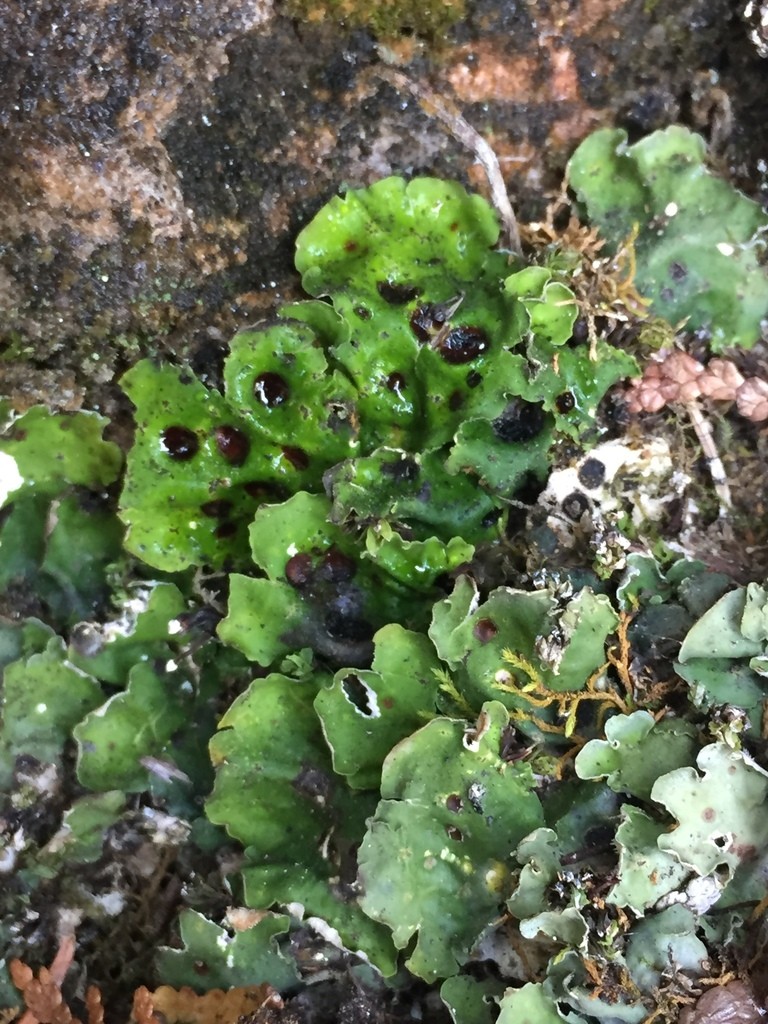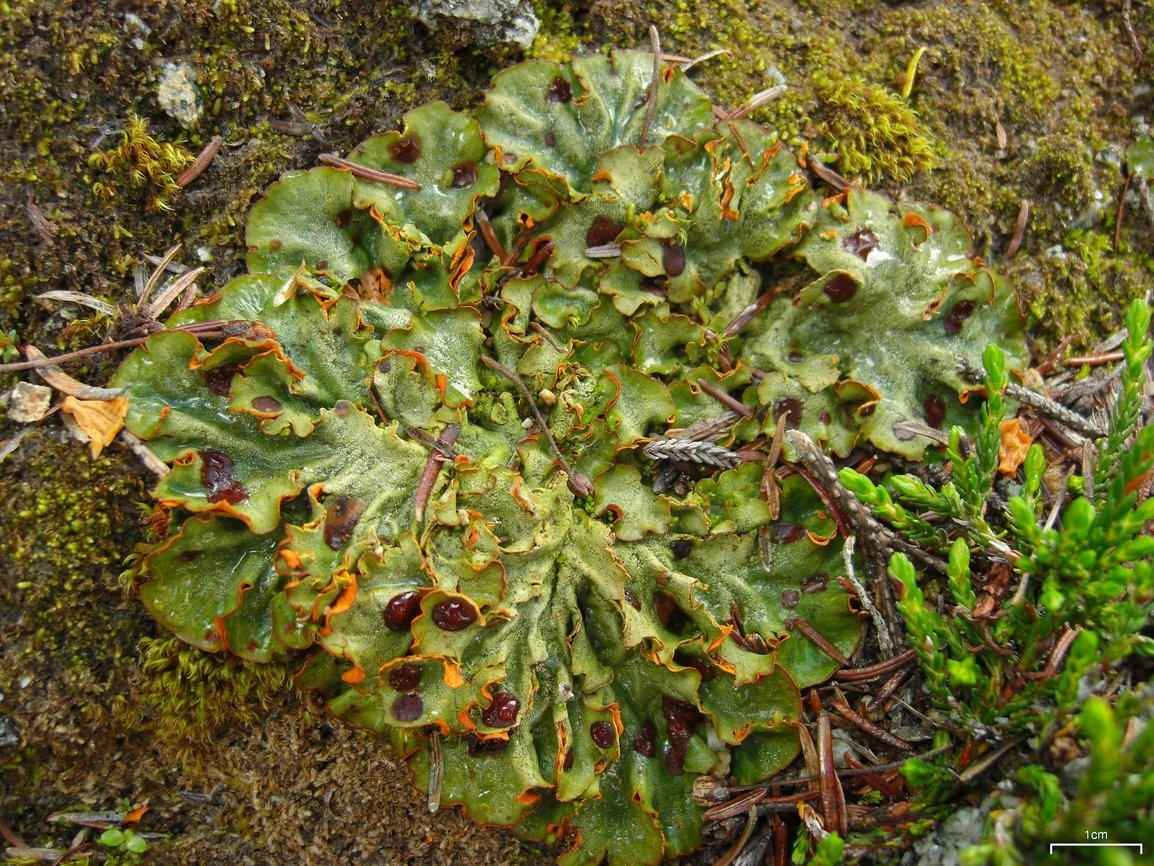Socket lichens
Scientific name: Solorina
Socket lichens
Scientific name: Solorina
 Photo By Carl-Adam Wegenschimmel , used under CC-BY-4.0 /Cropped and compressed from original
Photo By Carl-Adam Wegenschimmel , used under CC-BY-4.0 /Cropped and compressed from original Description
Socket lichens are a unique group of lichens known for their interesting appearance and adaptation strategies. They often grow in cold, mountainous regions, forming greenish-brown lobes that can curl inwards, resembling a socket. These lichens have a special symbiotic relationship with algae, which allows them to photosynthesize and thrive in harsh conditions. Some species in this group can even help monitor air quality, making them valuable indicators of environmental health.
